Line25 is reader supported. At no cost to you a commission from sponsors may be earned when a purchase is made via links on the site. Learn more
SEO metrics for web designers have more to do with design than most basic search engine techniques used by everyday individuals trying to build their first website with a website builder and pre-made template. SEO in design is what we will cover here.
Gone are the days when web designing was merely a combination of colorful fonts, a few images, and an attractive template. Just like SEO content, designing an SEO-friendly website is a more important aspect than adding just functionality and aesthetics. To make the website search engine friendly which enables crawling and indexing a walk in the park, integrating SEO protocols is the most desirable aspect of web designing.
As a web designer, nothing should come in the way of creating an SEO-friendly website when you are told that 77% of consumers extensively research the brand before engaging with it. For a website, attracting traffic with a good design is easy, but to ensure that the traffic belongs to the targeting audience and generates engagements, web designers need to understand a few SEO metrics that help them design a website that stays on top of the web searches.
For any website to rank higher on the search engines, on-page SEO as well as off-page SEO is a critical process. With customers learning more about the brand and coming up with specific questions, along with content and marketing tactics, web design has to be impeccable and inescapable.
What is SEO web design?
A web design that considers all on-page SEO aspects and optimizes the website at the design level is called SEO web design. These are SEO-friendly web designs that enable businesses to rank websites higher as soon as launched with better loading time, mobile-friendliness, and descriptive URLs.
How Google Enlists Websites
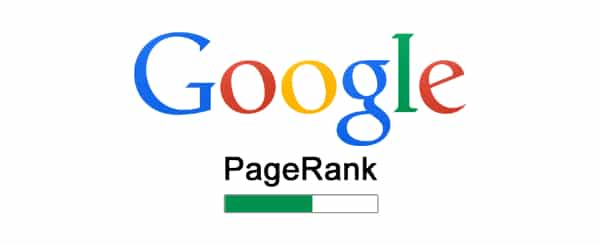
We are not getting into the technical part or coding, we are just inclusively trying to make sense for a web designer to consider the SEO aspect of web design while sketching a design. The challenge for Google is to list the most relevant pages from millions of pages to search intent.
Google crawls and determines the value of the website on numerous accounts or we call is ranking signals. These signals in return bring the best websites and web pages for listing to satisfy the needs of the searcher.
There are two types of ranking signals that Google takes into consideration while evaluating the website.
- Engagement Signals
- Reputation Signals
The engagement metric is directly related to the content of the page. The value of this metric can be judged based on page sessions, time spent, and the bounce rate of the page. The engagement signals provide a web designer with an insight into starting from layout to load timing and everything in between.
On the other hand, the reputation signals enable Google to determine the reputation of the website in the eyes of the viewers. To evaluate the website’s reputation, Google checks the backlinks the website generates. Hence, this is hardcore SEO work that an SEO should undertake and where a web designer has no role to play.
Correlation between a Web Designer and SEO

The principal purpose of Google is to ensure visitors find what they are searching for easily. To provide the best user experience, Google enlists the best thing on top of the great results. Now if a designer believes that this can easily be done by great design and awesome content with keywords that hit the query terms constantly, he is a novice web designer or the one who helps left the process of learning more.
In reality, Google takes a lot many other things into consideration while ranking the website rather than just keywords. Nowadays google’s algorithm does not only consider keywords, which may still offer better ranking but also considers factors that enhance user satisfaction. That’s where the web designer enters the picture.
SEO Metrics for Web Designers
There are more than 10 SEO metrics that can be optimized at the design level and that offer greater site performance on the search engines. However, we will consider the top 10 influencing parameters here.
Enlisting On Top
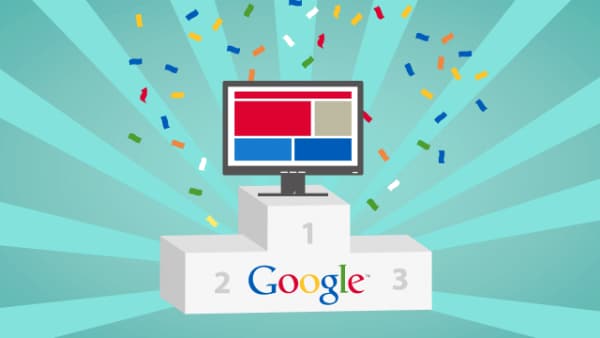
A higher ranking should also be the goal of web designers, not just of SEO. There are elements of web designing SEO used to correct during the on-page SEO process. Elements such as URL friendliness, HTTP codes, meta tags, and heading tags as well as link descriptions are vital and common between a web designer & SEO. Suppose a web designer begins this SEO process at the beginning of the designing process. In that case, the business may kick start the SEO before the website is launched and can be rated higher upon being made live.
Accurate Search Results
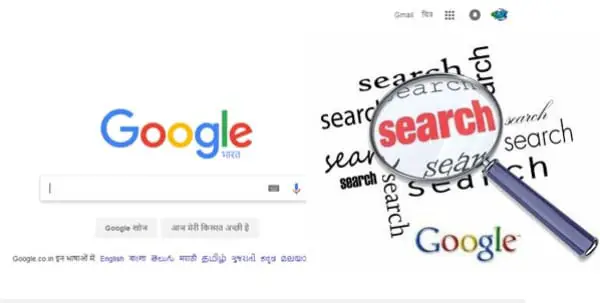
Just imagine if you are visiting a retail mall for toothpaste. Have you ever imagined the number of options that are present to you? The challenge is similar for search engines to provide accurate information for the search intent instead of some vogue results. With the number of users increasing every day, this challenge is broadening each day. A consumer would learn about the brand before entering the store.
The fact is 136% believe in searching about the brand and its products on search engines instead of websites that sell online. More precisely, a mobile user would visit the nearby store if they have searched for any keyword. The possibility is 50% higher for local search. These elements of SEO can be handled by a web designer through Meta tags and URL descriptions during the designing process that ensures the business website stays on top of all the related keywords.
Greater Traffic from Mobile

Businesses and even professionals need to grow their knowledge about the industry and new things happening. A website having search engine-friendly URLs is no more a plus point but an obvious aspect and that is not enough anymore.
Digital marketing guys are always in the huddle to improve the traffic numbers by applying a lot of SEO tricks. The same can be achieved with responsive web design that caters to the demands of different screens and screen resolutions.
Yes, websites should be mobile-friendly nowadays and that is a pure design element rather than SEO. If this element is taken care of by the web designers, it helps SEOs draw more traffic to the website. Because the trend is that mobile users prefer mobile adaptive websites. 57% of mobile users abandon the website if it’s not mobile-friendly.
Instead of SEOs, if web designers use more visual content and prepare a layout that adapts to the small screen as well, SEOs can be spared time to fix these flaws in the design elements.
Broad and Better Engagement
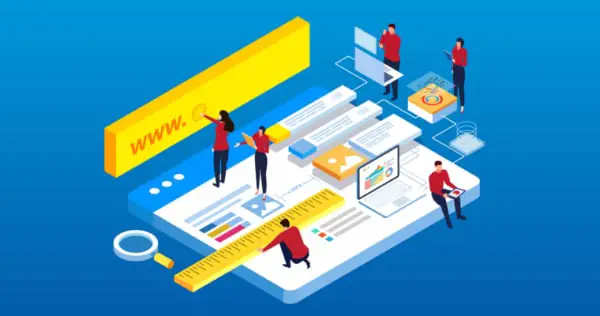
Google’s algorithm responds positively to those websites that can attack consumers for a long time on the website. The greater the page sessions, the lesser the bounce rate is likely to rank higher on the Google search engine.
Usually, SEOs ensure that internal pages are well-aligned, well-sequenced, and interlinked to improve consumer engagement time. On-page SEO integrates web pages in such a way that the users enjoy the information they need on the website.
Imagine if the consumers take merely 8 seconds to decide if they want to continue engaging with the website or not, it is imperative for a web designer to design the website in such a manner that integrates information through interlinking the pages.
Some businesses require broader customer engagement time to offer precise information and hence require web design that improves the engagement time. Now if a digital marketing strategist can focus on strategies of generating leads, the engagement improvement task can easily be handled by web designers through his designs.
Win-Win for SMEs & Web Designers
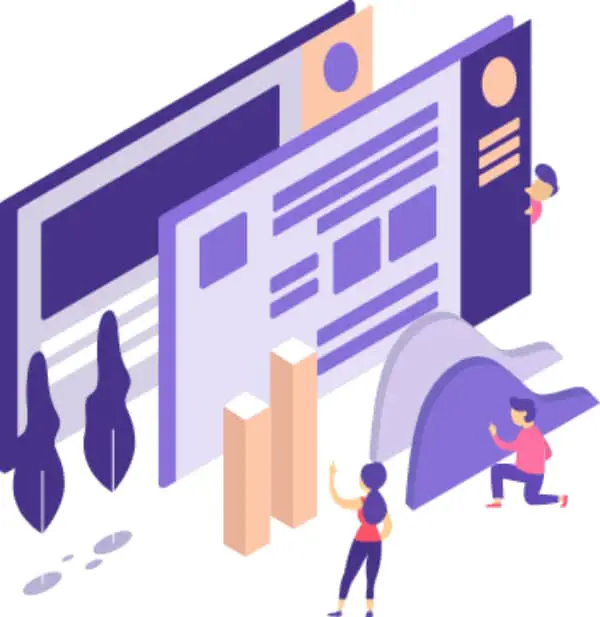
It is clear that no business small or big can afford to remain alienated from the internet and must have a strong online presence to generate more leads. The online presence for small and medium enterprises is even more crucial to stay afloat and grow faster in times of global catastrophes such as the Covid pandemic.
However, the fact is that only big businesses can afford to have a dedicated SEO department to constantly take care of the web presence and rank websites higher on search engines. In such a situation a small business can create a massive impact even without a dedicated SEO if a web designer integrates all those SEO metrics during the stage of designing the website. This may result in the reduction of budget for small businesses, while a web designer can look forward to earning more.
Superior Traffic Quality
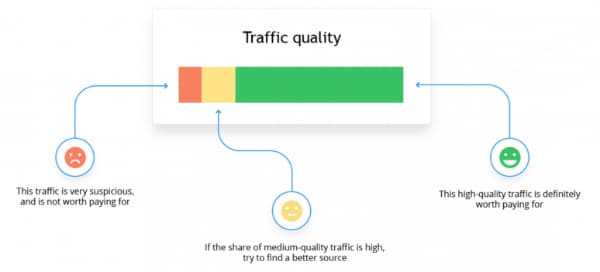
There is no point in having traffic that is irrelevant to your business. And therefore it is necessary to have traffic attracted to your website from targeted audiences. Moz, the SEO & Keywords analytical tool suggests that those websites that appear on the first page of search intent are 71.33% more likely to invite clicks from the users. That precisely means that if the website is designed with accurate on-page SEO elements will likely attract more geo-specific traffic.
The web designer instead of SEO can achieve this goal with a well-integrated design of the website to improve the engagement rate and thereby generate leads that result in greater returns for the businesses.
Advanced Technology Integration
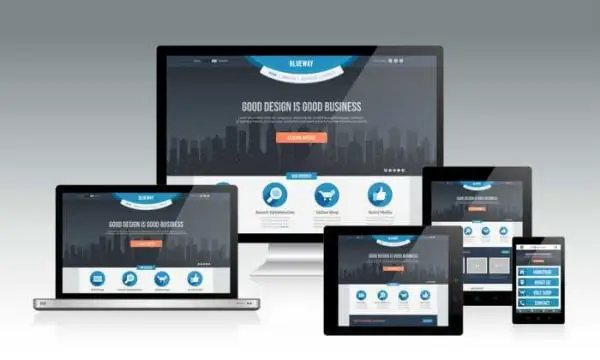
A web designer can’t remain immune to the New technology that is developing rapidly today. Integration of these advanced technologies would result in more traffic and more engagement that’s help generate more leads and revenue.
60% of mobile users now extensively use voice search on Google while looking for information. That means the website must improvise on keywords related to the voice search demands and optimize the web designs to respond to the New technology. 1890 word length is considered to be the ideal one for Google to rank pages higher.
Therefore, if a web designer is aware of a few SEO tricks, they can optimize keywords according to the needs of the voice search and place content, meta tags, headline tags, and URL description in such a way that it responds to voice search queries quickly. Moreover, a web designer can integrate various SEO extensions in his web design to reduce cost and improve performance.
Page Load Speed
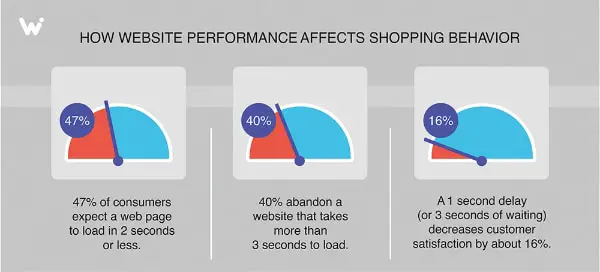
It irritates a lot if a page takes more than 3 seconds to appear fully on the screen. If it goes beyond 5 seconds, it frustrates, and 2 more seconds and it’s gone.
The point is page loading speed needs to be lightning-fast to offer a greater user experience. If the designer avoids large images, fixes URLs to the prescribed length, keeps the layout light, and does coding efficiently, reducing the page loading time and does not require SEO to come and intervene.
User Experience is Key
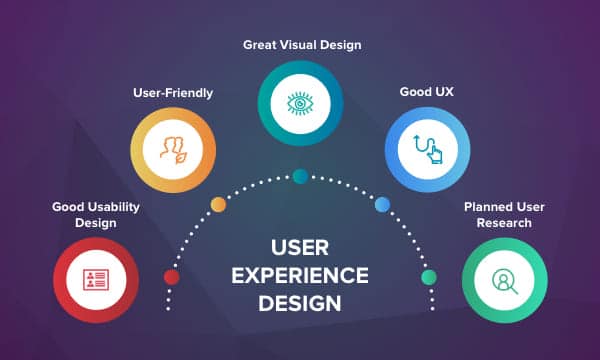
The question is how SEO is connected with the user experience. Well, the simplest answer lies in the information that the website offers, the readability of the content as well as keyword density.
More importantly, designing a web page with a visually appealing design attracts more traffic and improves engagement time. Smooth navigation allows the user to find the information they want. All these features may look negligible but are critical from an SEO point of view, which helps build an image of the brand in the eyes of the users forever.
Economical

Web designing is a one-time effort, while SEO should be consistent. Only big businesses can afford to house a team of SEO, for small businesses, a web designer can be a blessing by reducing the cost of a responsive, attractive, and innovative website that does all one SEO would require it to do because a web designer infuses SEO metrics during the designing.
If a web designer prepares in advance meta tags, URL descriptions, heading tags, body tags, images, URL structure, and keyword density, then they are bound to create a website that is extremely effective and highly cost-effective.
Final Thoughts
We are living in a world where multitasking is often proven to be the single most effective skill. If a web designer can become multifaceted, not only designing amazing websites, but will shine bright by elevating the website in the Google search results. Nonetheless, on-page SEO is as significant and necessary to hold on to a high Google ranking.


user experience is the key…somewhat we ignore it